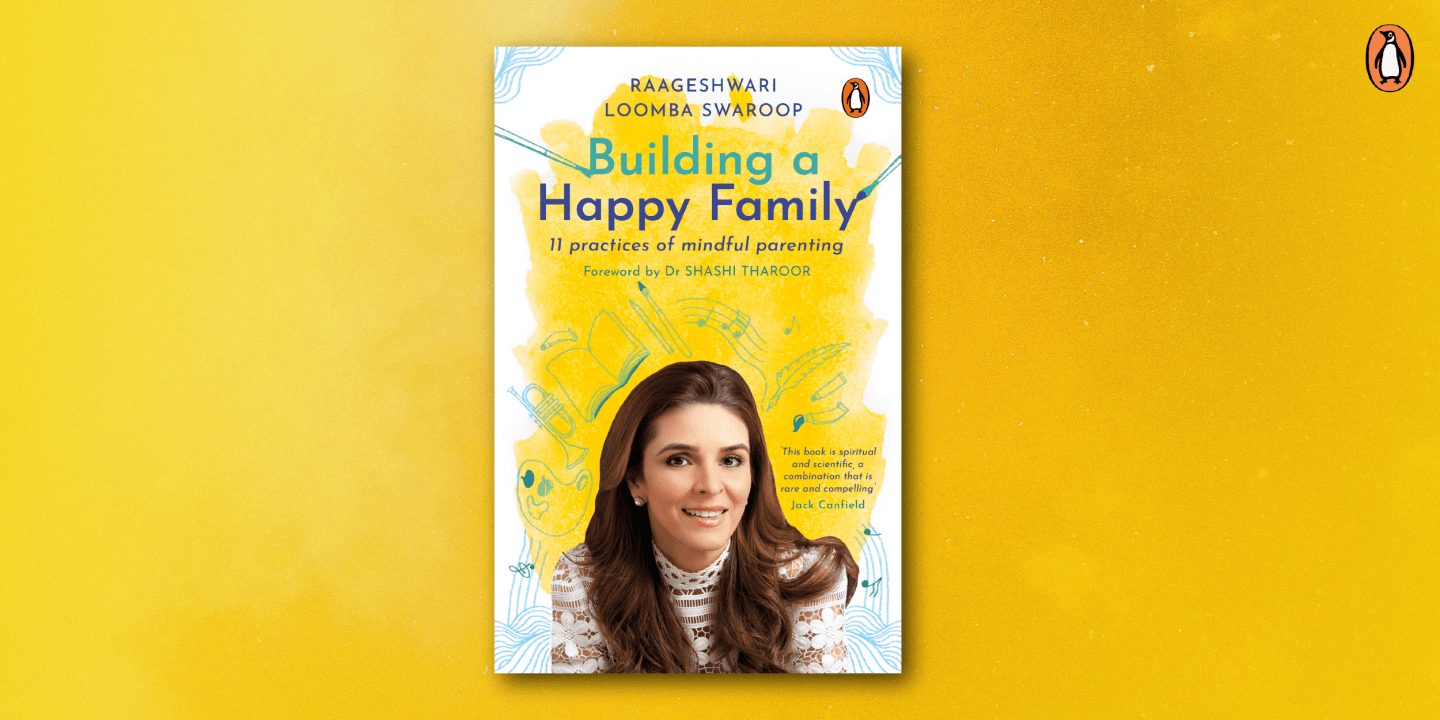
In many ways, Raja Rao changed the way Mahatma Gandhi is read and written about. Get a glimpse into the processes of his writing through Makarand R. Paranjape’s introduction to Mahatma Gandhi: The Great Indian Way:
In the symposium on Raja Rao on 24 March 1997, I had spoken on his forthcoming book The Great Indian Way: A Life of Mahatma Gandhi. This was a marvellous retelling of Bapu’s life in the form of a modern purana. Rao had called it ‘an experiment in honesty’, adding that the ‘Pauranic style, therefore, is the only style an Indian can use’.
The publisher was Kapil Malhotra of Vision Books, who in 1996 had published The Meaning of India. Malhotra had inherited one-half of what used to be Dina Nath Malhotra’s Hind Pocket Books, India’s first paperback imprint. Malhotra, believing in Rao’s genius, had also published The Chessmaster and His Moves in 1988. That book had won Rao the coveted Neustadt Prize. The manuscript was part of a veritable treasure trove of unpublished material that some of us, who were close to Rao, had been fortunate to be able to see. But there were many more such unpublished works, which I had seen at the Harry Ransom Humanities Research Center, where Rao’s papers now rested.

After the Chessmaster, Malhotra published On the Ganga Ghat (1989) too. It was a unique collection of short stories with the common theme and location of Varanasi. It was clear that we were in the midst of a quiet Raja Rao efflorescence. It would culminate in his being posthumously awarded India’s second-highest civilian honour, the Padma Vibhushan, in 2007, ten years after the prestigious Sahitya Akademi Fellowship mentioned earlier.
What was so special about Rao’s book, yet another of the hundreds written on Gandhi? Why had Mulk Raj Anand called it ‘Among the most authentic accounts of the Mahatma’s life and work’? It was this question that I had tried to answer in my presentation on Rao in the symposium in 1997.
The clue came from Rao himself. ‘Facts of course are there,’ he says in the preface, ‘but facts are shrill.’ Facts, in other words, do not tell the whole truth: ‘They have a way of saying more than they mean, and disbelievingly so. The silences and the symbols are omitted, and meaning taken out of breath and performance.’
What else do we have other than facts? It is, as Rao says, the ‘rasa, flavour, to makes facts melt into life’. The Indian experience is complex and multi-layered, requiring a special style to express it, even in modern times: ‘the Indian experience is such a palimpsest, layer behind layer of tradition and myth and custom go to make such an existence: gesture is ritual, and each act a statement in terms of philosophy, superstition, historical or linguistic provincialism, caste originality, or merely a personal one, and yet it’s all a whole, it’s India.’
Rao, next, makes a very bold statement: ‘Thus to face honesty against an Indian event, an Indian life, one’s expression has to be epic in style or to lie.’ Facts alone cannot tell the Indian story, nor can myths, rituals, or fables by themselves. The two must be combined in a unique manner. That was Rao’s reinvented pauranic style. Not in the manner of the old puranas, with— from the point of modern history—their unverifiable material. Nor the contemporary histories which were slaves to facts. But a unique combination of both.
This is what I called ‘seeing with three eyes’. The first eye sees only facts. The second espies the fable behind and around the fact. It is only the third eye, the eye of wisdom, that can combine both to see into the depths of things, their secret significance and meaning.
This special way of seeing is what Rao calls ‘fact against custom, history against time . . . geography against space.’ In his book on the Mahatma, this is precisely what Rao accomplishes, making ‘life larger than it seems, and its small impurities and accidents and parts, must perforce be transmuted into equations where the mighty becomes normal, and the normal in its turn becoming myth. Prose and poetry thus flow into one another, the personal and the impersonal, making the drama altogether noble and simple.’
An important feature of traditional Indian society, which persists to this very day, is its enormously rich and varied method of chronicling and celebrating life. In rural society, for instance, even humble craftspersons like weavers, potters, blacksmiths and wood workers have a specially designated bhiksha vritti jati, a group of mendicant performers, to record and disseminate their deeds. Thus, all our communities have their own jati puranas or community histories. Likewise, each village, each region, each state has its own legends, songs and stories. All these go into making up our rich narrative traditions.
Raja Rao, as he himself has often reiterated, belongs very much to this pauranic tradition. He has performed his duty as a writer as faithfully and sincerely as our ancient poets, who have told the stories of gods and demons, heroes and villains, apsaras and princesses, sages and mendicants with such zealous relish. A key and recurring figure in Raja Rao’s works is one of the greatest men of our times, Mahatma Gandhi. This book is Rao’s retelling of and tribute to Gandhi’s extraordinary life.
~
Through Mahatma Gandhi: The Great Indian Way, Raja Rao changed the rules of biography writing. The book paints a holistic and in-depth picture of a man who was larger than life.









